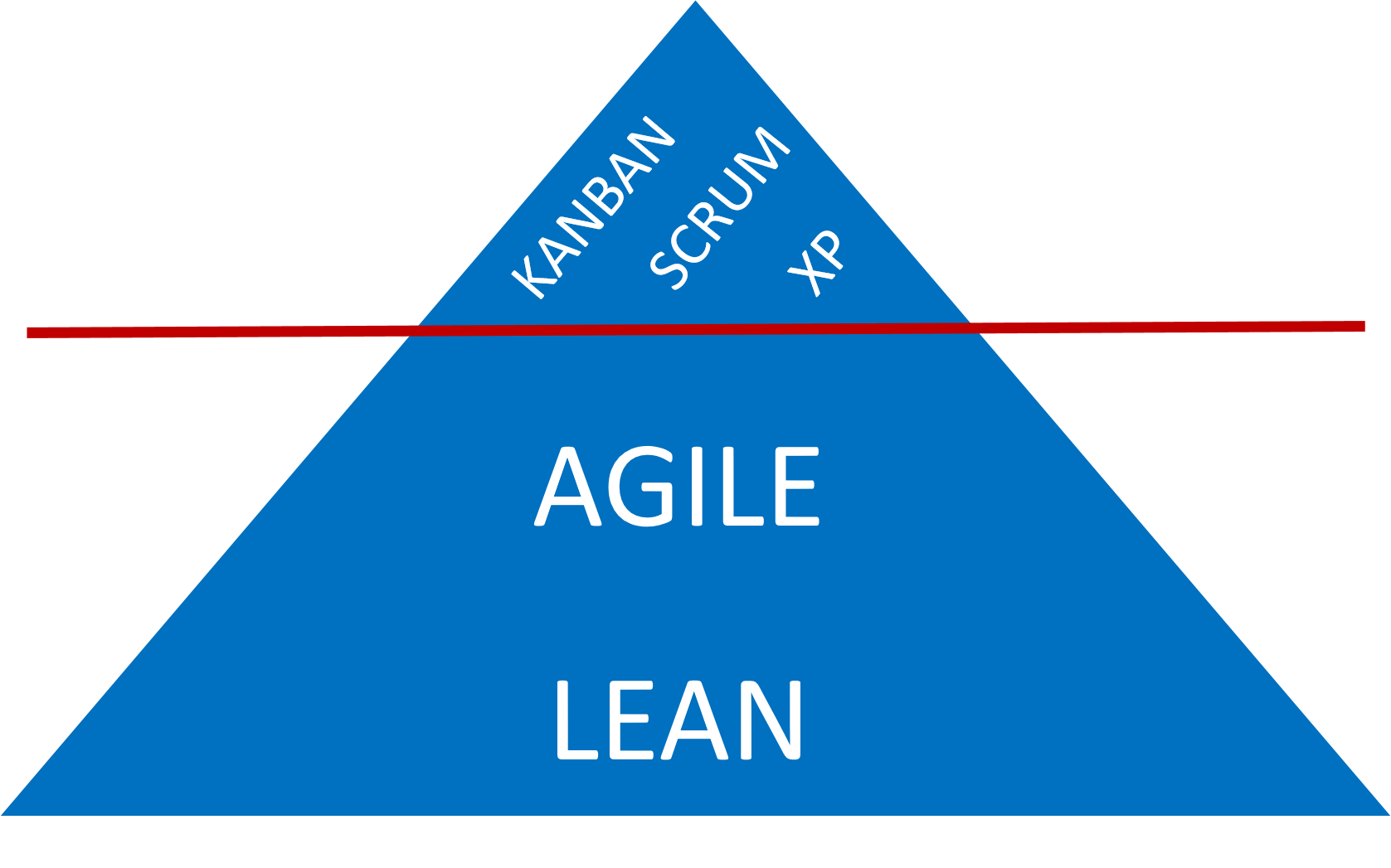The Influence of Agile Style on Modern Product Advancement
Leo
0
8
01.05 19:46
Intro
Today's hectic market needs flexibility, and Agile Layout is at the forefront of creating user-centered, adaptable products. By combining nimble approaches with a design-led frame of mind, Agile user-centered design Style encourages teams to generate items much faster, enhance for top quality, and adjust to customer requirements. Companies looking for to remain affordable benefit substantially from embracing Agile Style concepts.
Agile Style Explained
Agile Style integrates dexterous exercise with design thinking. It leverages the nimble growth framework's iterative technique, focusing on quick responses cycles and user-focused changes. This structure permits design and growth teams to evaluate, adjust, and improve their products efficiently.
 Core Aspects of Agile Layout
Core Aspects of Agile Layout
Empathy for Users: An essential element of Agile Style is compassion, ensuring that items resolve users' genuine needs. This state of mind drives the entire layout procedure.
Prototyping and Checking: By developing fast prototypes, groups can quickly confirm concepts. Evaluating these models aids them make changes, which can decrease the likelihood of costly mistakes.
Collaborative Culture: Agile Style grows on a joint setting. Cross-functional groups, including developers, programmers, and stakeholders, collaborate to make enlightened decisions.
Adaptability: Agile Style emphasizes the capability to pivot and make changes as understandings from screening and individual comments been available in.
Advantages of Making Use Of Agile Design
Agile Style increases development timelines, allowing groups to promptly launch versions that can be iterated upon. This procedure creates a faster path to user responses, boosting the product's functionality and relevance.
Actions to Carry Out Agile Style
To begin, bring all groups together from the task's beginning. Use brief design sprints to concentrate on certain features, enabling rapid prototyping and responses. This approach will certainly lead to a product that is not just practical however additionally user-centric and high-grade.
Today's hectic market needs versatility, and Agile Style is at the center of creating user-centered, flexible products. By merging nimble approaches with a design-led state of mind, Agile Design encourages groups to produce items much faster, optimize for high quality, and adjust to user requirements. Organizations seeking to remain competitive advantage significantly from embracing Agile Layout principles.
Agile Design incorporates agile methods with layout reasoning.
Today's hectic market needs flexibility, and Agile Layout is at the forefront of creating user-centered, adaptable products. By combining nimble approaches with a design-led frame of mind, Agile user-centered design Style encourages teams to generate items much faster, enhance for top quality, and adjust to customer requirements. Companies looking for to remain affordable benefit substantially from embracing Agile Style concepts.
Agile Style Explained
Agile Style integrates dexterous exercise with design thinking. It leverages the nimble growth framework's iterative technique, focusing on quick responses cycles and user-focused changes. This structure permits design and growth teams to evaluate, adjust, and improve their products efficiently.
 Core Aspects of Agile Layout
Core Aspects of Agile LayoutEmpathy for Users: An essential element of Agile Style is compassion, ensuring that items resolve users' genuine needs. This state of mind drives the entire layout procedure.
Prototyping and Checking: By developing fast prototypes, groups can quickly confirm concepts. Evaluating these models aids them make changes, which can decrease the likelihood of costly mistakes.
Collaborative Culture: Agile Style grows on a joint setting. Cross-functional groups, including developers, programmers, and stakeholders, collaborate to make enlightened decisions.
Adaptability: Agile Style emphasizes the capability to pivot and make changes as understandings from screening and individual comments been available in.
Advantages of Making Use Of Agile Design
Agile Style increases development timelines, allowing groups to promptly launch versions that can be iterated upon. This procedure creates a faster path to user responses, boosting the product's functionality and relevance.
Actions to Carry Out Agile Style
To begin, bring all groups together from the task's beginning. Use brief design sprints to concentrate on certain features, enabling rapid prototyping and responses. This approach will certainly lead to a product that is not just practical however additionally user-centric and high-grade.
Today's hectic market needs versatility, and Agile Style is at the center of creating user-centered, flexible products. By merging nimble approaches with a design-led state of mind, Agile Design encourages groups to produce items much faster, optimize for high quality, and adjust to user requirements. Organizations seeking to remain competitive advantage significantly from embracing Agile Layout principles.
Agile Design incorporates agile methods with layout reasoning.